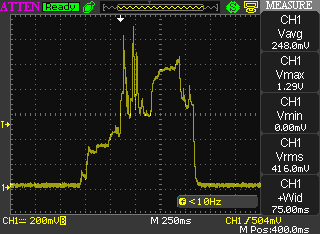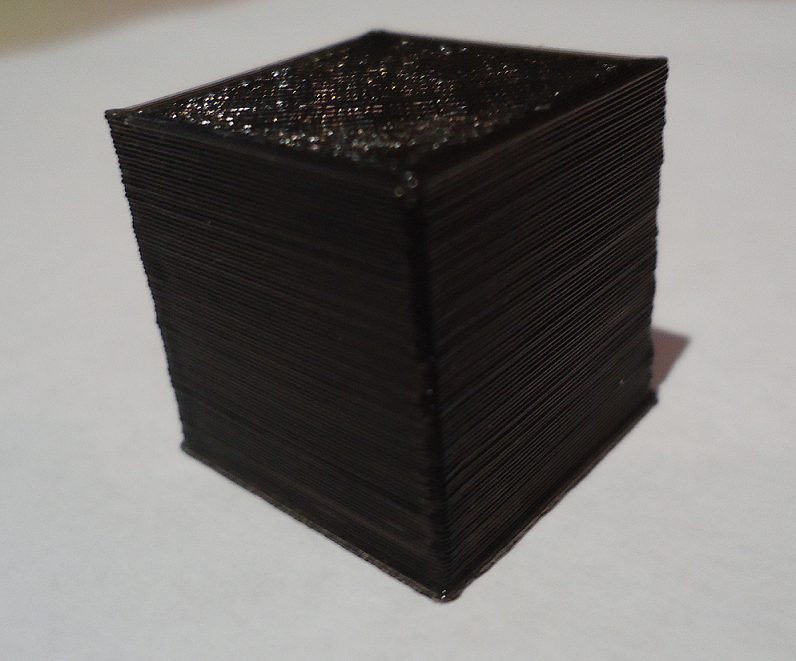I have used Altium Designer professionally at work for a long time and it is a great too to use. it has it’s quirks like any tool but it is a very powerful EDA tool and I have design many boards with it. It has always been quite expensive and really just reserved to businesses though. I have looked at some of the lower cost tools like Eagle and Diptrace but really don’t have a lot of motivation to learn a new tool for home use.
Recently Altium has come out with two new packages; CircuitMaker and CircuitStudio which are based on the Altium Designer code so they have a lot of the same workflow.
CircuitMaker is a free cloud based tool which is awesome for it’s price, probably the best free EDA tool. It has the same powerful 3D capabilities as the Full Altium Designer, Altium Designer does have some workflow improvements but I realize they do have to differentiate the products somehow. The only problem is it is online only with cloud storage. This makes it slower to access files and libraries as well as you cannot access it without an internet connection which could be a problem for some people. The speed was the biggest problem for me, it took so much longer to create a library part because it had to load from the cloud server and push it to the cloud server to save, as well as searching for parts was slow. There were a lot of parts in the cloud library but most of the time I didn’t like how the schematic symbol and/or footprint was made so I usually remade them anyway.
Here is a project that I have made and am waiting for the boards to come in.
https://circuitmaker.com/Projects/Details/Andrew-Swanton-2/Reflow-Oven-Controller
CircuitStuido has all the same features as CircuitStudio but is a standalone tool so it can be used offline and all storage is local. It is a paid tool and it’s not particularly cheap (albeit much lower cost than a full license of Altium Designer) but Altium recently had a promotion for 50% off a license of CircuitStudio which I had to jump on. Creating library parts is not my favorite part of designing a board so to make that experience easier and quicker is worth the cost to me, plus the local storage and less reliance on an internet connection is nice.
I quickly threw together a small board last night to try it out and it works great, the library management is local and much quicker and easier to use.
If you can afford it I would recommend CircuitStudio over CircuitMaker due to the speed of local storage and library management but for the low price of free CircuitMaker is a very powerful tool and wouldn’t have an issue recommending it to anyone.
Andrew



























